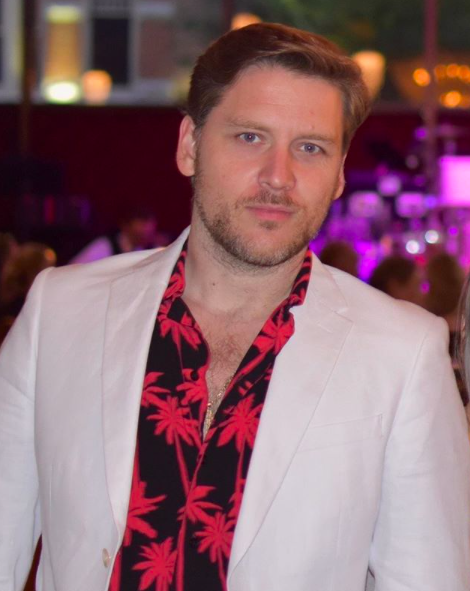Because so much in the current American medical profession is a direct result from the Flexner Report and its aftermath, it’s important to understand why there was a perceived need for higher standards and stricter protocols. Was medicine failing? Were people dying at unreasonable rates? Even if one accepts that there was a need for higher standards, did that need also assume a call to paint other modalities of the time as ineffective and dangerous?
In 1908, the Robber Barons, through the Council on Medical Education (CME), commissioned, then subsequently utilized, The Flexner Report as the basis to radically overhaul the educational structure. These same business moguls also instigated efforts to shift the public perceptions toward other accepted modalities into ones of derision and condescension – which continue in many ways even today.
The following excerpt is representative of many mainstream medical professionals. It states that the Flexner Report
called for a greater education for physicians in science and to anchor medical education in our universities. Before that time, physicians largely relied on their bedside manner and relationships with patients to “treat” their illness.” 2Katy A. Stevenson, … Bradford C. Berk, in The Transformation of Academic Health Centers, 2015
The bias is clear. Some person or group believed that existing approaches to health were inadequate, unscientific and lacked proper institutional anchoring. Even when addressing the report’s negative effects (which some argue were intentional) towards many long-standing and effective treatment modalities, the US National Library of Medicine refers to them as complementary and alternative medicine. 3or CAM
It continues that for Flexner, “illegitimate ‘nonscientific’ approaches in the medical marketplace (such as the offerings of folk psychologists, naturopaths, homoeopaths, chiropractors, and osteopaths) were actively competing with the scientific paradigm of research and education represented at major American and Canadian universities at the time.” 4https://www.ncbi.nlm.nih.gov/pmc/articles/PMC3543812/
It should be noted that the term “alternative medicine” is not necessarily a pejorative. But the very fact that they are considered alternatives is telling. It should also be pointed out that many modern medical professionals have been waking up to the reality that health and wellness involves mind, body and spirit and that many naturopathic “illegitimate, nonscientific” approaches are not only effective but at times more so than the petroleum based pharmaceutical approaches proffered by establishment doctors.
Another perspective

Not everyone thinks that the Flexner Report resulted in the “gold standard” of medical education. What used to be a perspective limited to what might be described as “fringe” is an ever-growing community whose view can be explained like this.
The Flexner Report paved the way for the allopathic model of treatment5The word “allopathic” comes from the Greek “allos” — meaning “opposite” — and “pathos” — meaning “to suffer.” This word was coined by German physician Samuel Hahnemann in the 1800s. It roughly refers to treating a symptom with its opposite, as is often done in mainstream medicine. For example, constipation might be treated with a laxative., emphasizing chemical-based synthetic drugs deceptively labeled as science, and for the market-driven so-called “gold standard.”
“With the use of force by the government, the Flexner Report, which is also called the Carnegie Foundation Bulletin Number Four, demanded changes in the standards of admission and graduation in all medical education. With its strict and rigid protocols in research and teaching guided by mainstream science of that time (materialism and physicalism), it facilitated the centralization of the institutions and closed many medical schools that celebrate the long-held grassroots holistic and natural healing paradigm. Among the education eliminated were the teachings about homeopathy, electrotherapy, chiropractic, and many kinds of naturopathy including eastern traditional treatment (acupuncture, acupressure, etc.). Not only that, it also sent some doctors using these natural methods to jail.”6The “Flexner Report” and the World Health Organization




